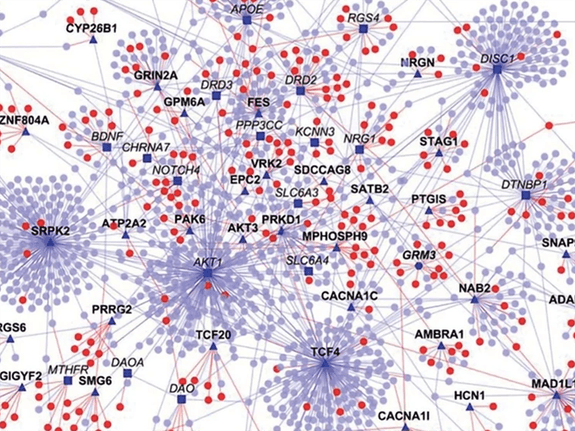Protein-Protein Interactions Get a New Groove On

A-Alpha Bio has been featured in many leading scientific news outlets – and journalists have gotten creative with analogies to help explain what protein-protein interactions are, why they are so important for medicine, and how AlphaSeq will transform the field by measuring protein interactions at a library-on-library scale. Here are some of the recent highlights:
GeekWire – Proteins attach to each other like keys in locks. “If there are millions of molecular keys, and millions of molecular locks., it can be devilishly difficult to find the right combination for blocking a disease or revving up your immune system… To address the problem, A-Alpha Bio is developing a method that uses yeast cells to sort through all those molecular locks and keys. The technique should end up identifying a small number of ‘master keys’ that can serve a number of therapeutic purposes.”
Genetic Engineering and Technology News (GEN) – Protein-protein interactions get a new groove on. “On the dance floor that is the living cell, proteins execute all sorts of moves, facilitating processes such as transport, folding, and signaling. Many of the most interesting and consequential moves occur when proteins interact with other proteins—whether they stick with one partner or coordinate their steps with a sequence of partners. To appreciate the cell’s choreography as well as the roles played by individual proteins, scientists try to keep up with all the moves, that is, all the protein–protein interactions (PPIs). But doing so can be a challenge. The cell’s choreography is more complicated than two-step line dancing.” Existing approaches consider “just a pair of dancers at a time [and] treat all the other proteins in the dance as if they were wallflowers. Fortunately, new methods are being developed that capture wider views, tracking multiple pairs over time.”
More articles about A-Alpha Bio: